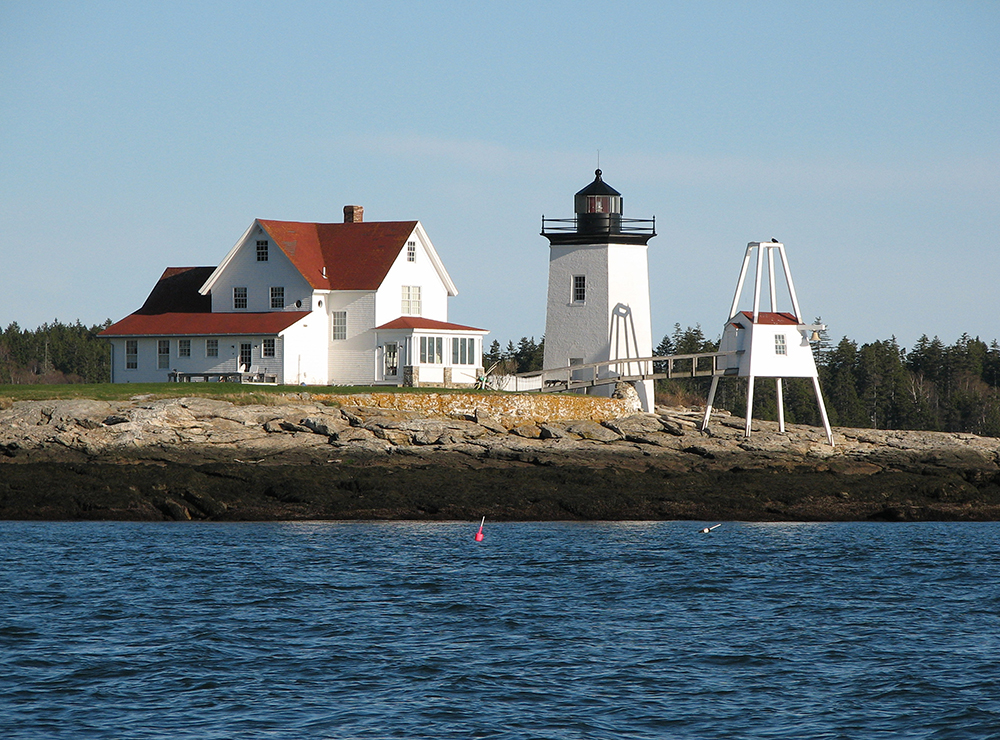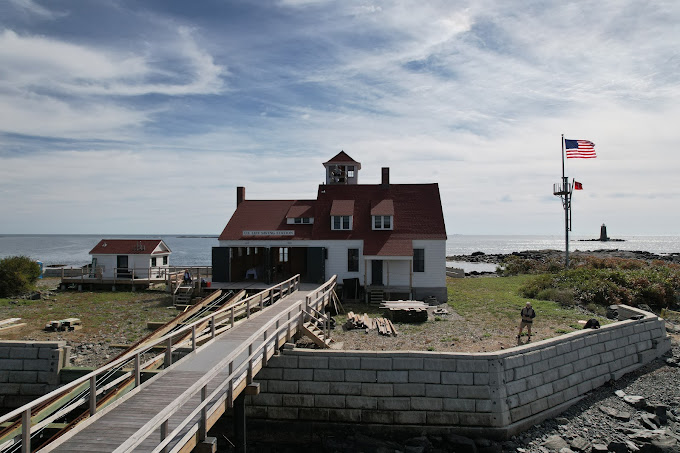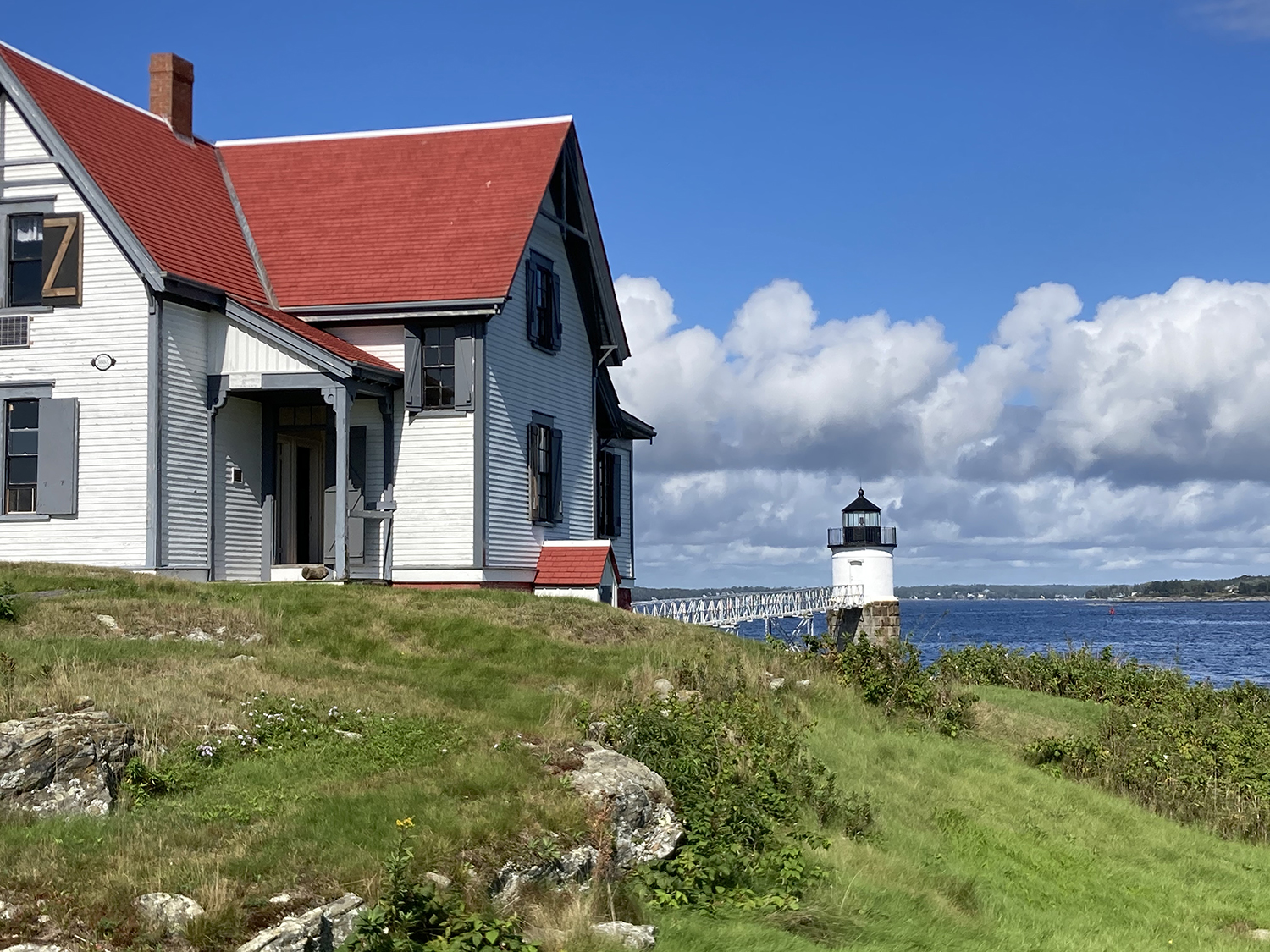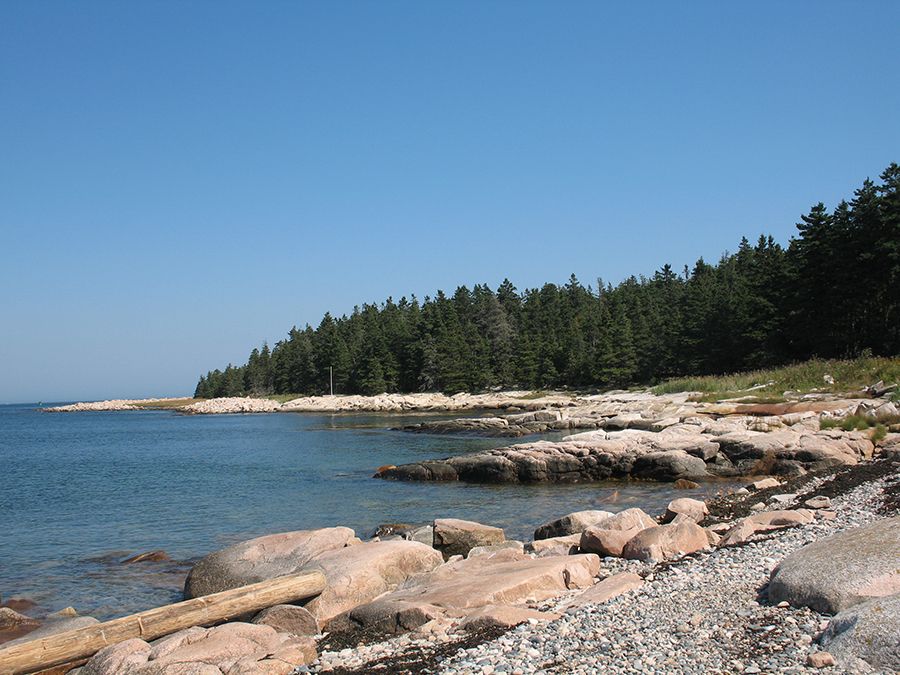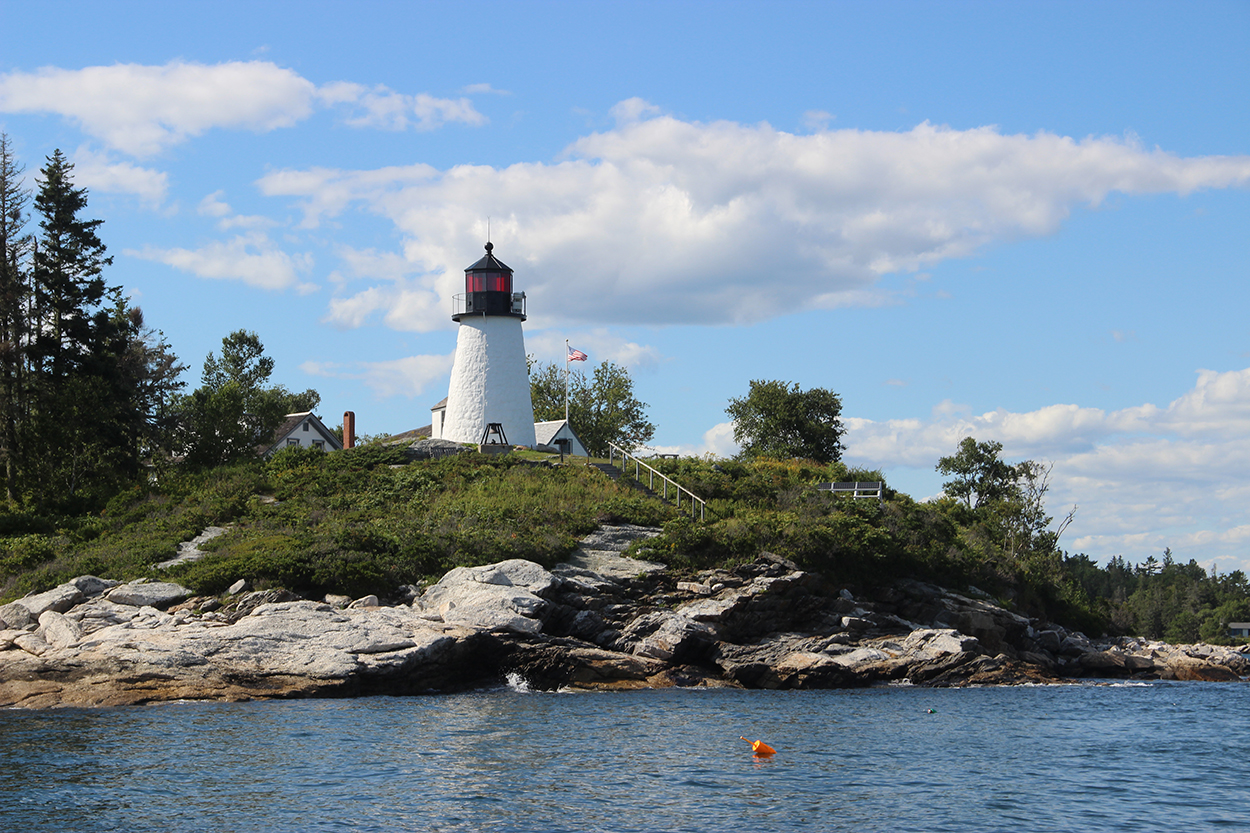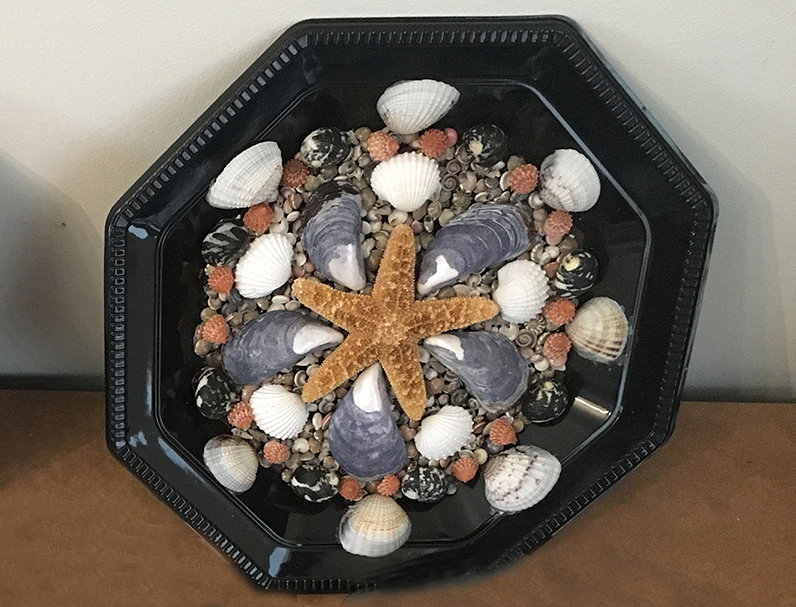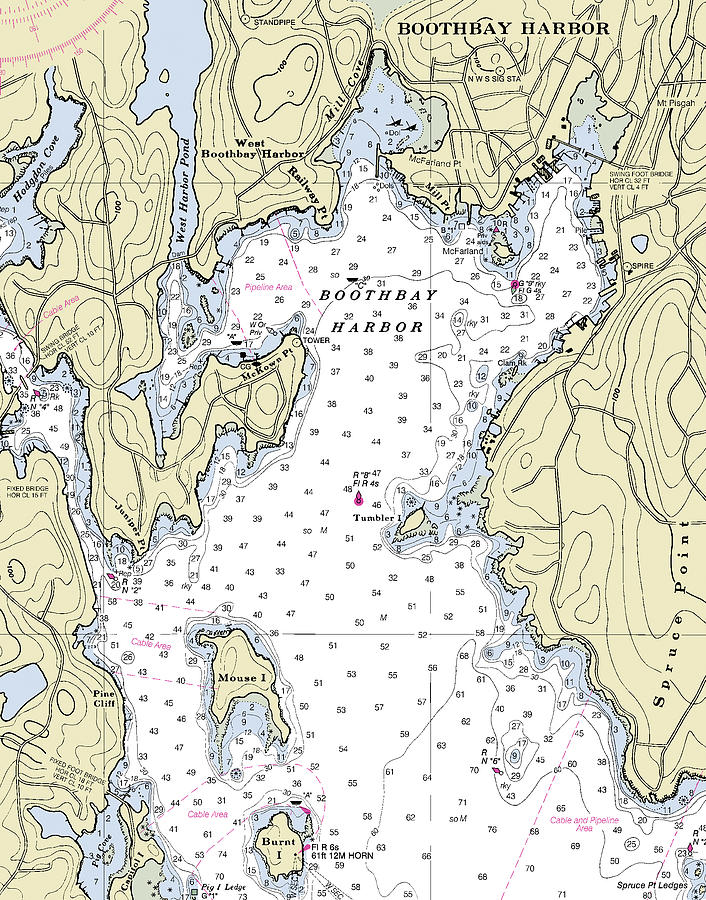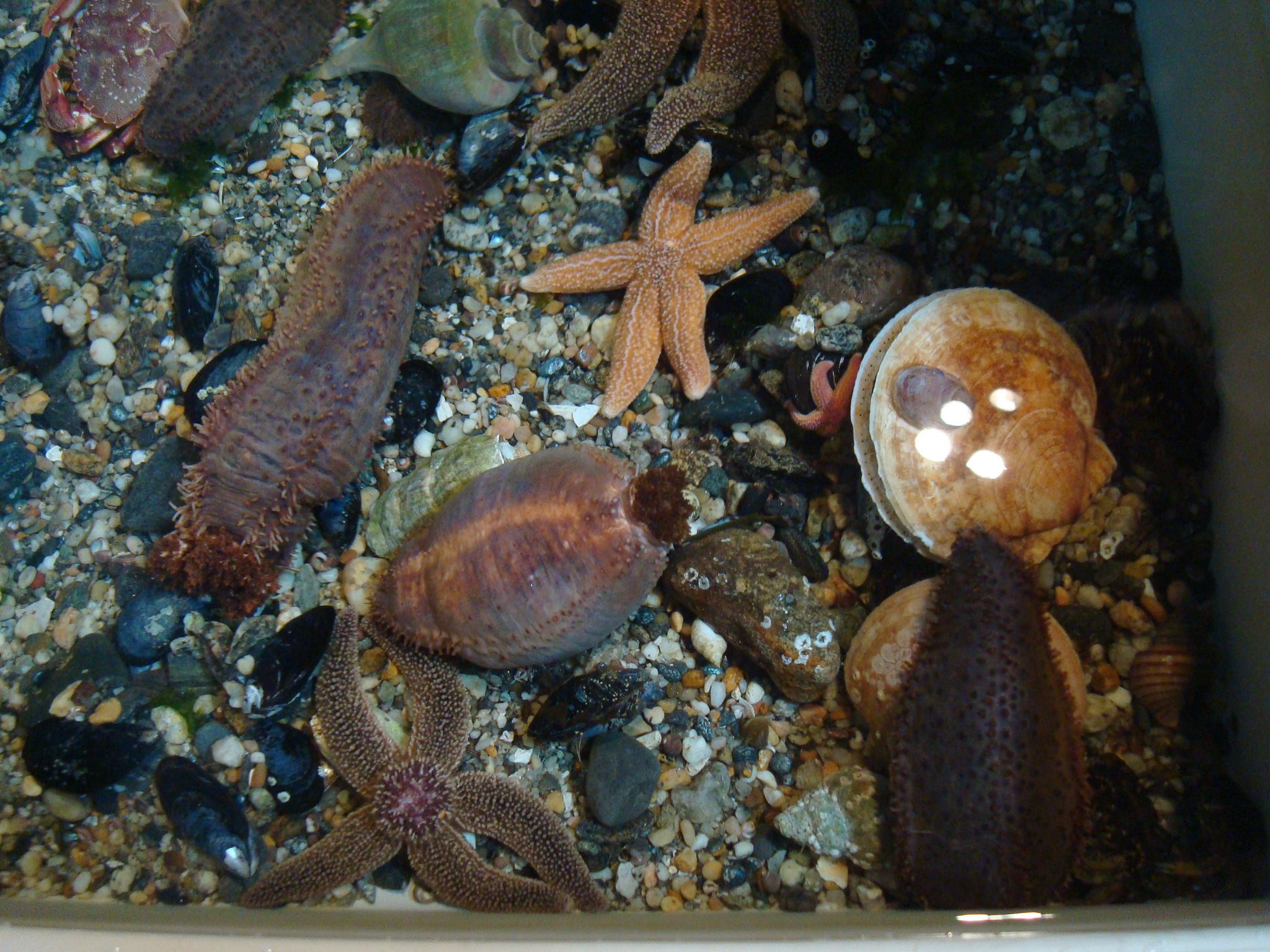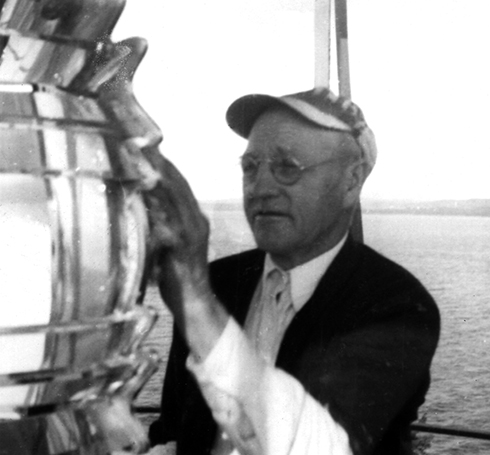Hendricks Head Lighthouse
ejones2023-05-29T15:43:00-04:00Historic Information In the early 1800s, mariners involved in fishing and maritime trade were in need of a navigational aid to guide them safely in and out of the Sheepscot River. This commercially important waterway was their vital link between the Gulf of Maine and the inland port of Wiscasset, a town recognized at that time to be the busiest seaport north of Boston. Just fifteen miles upriver, a deep and sheltered harbor formed the hub of a prosperous trade center renowned for shipbuilding, lumber, and fish. Rough seas, frequent fog, and submerged ledges posed tremendous threats to [...]


